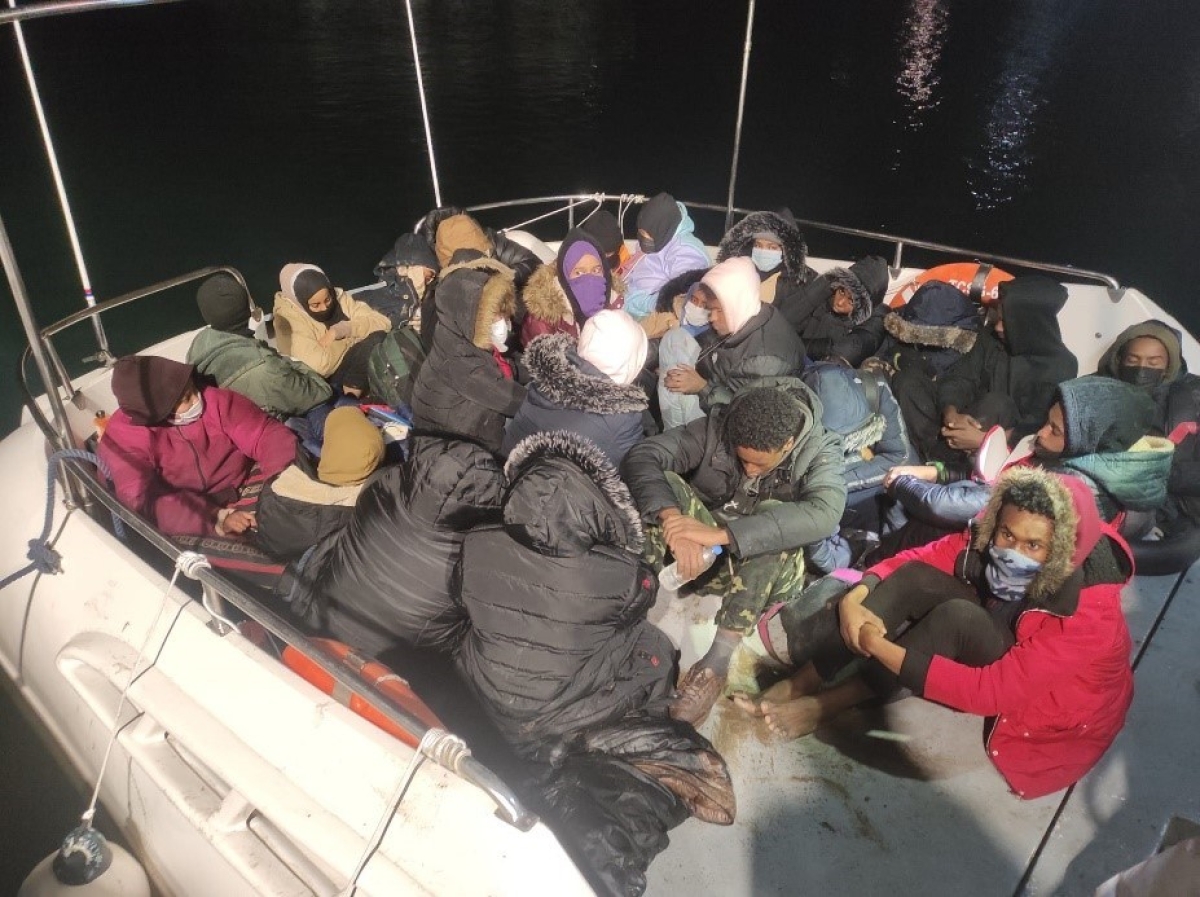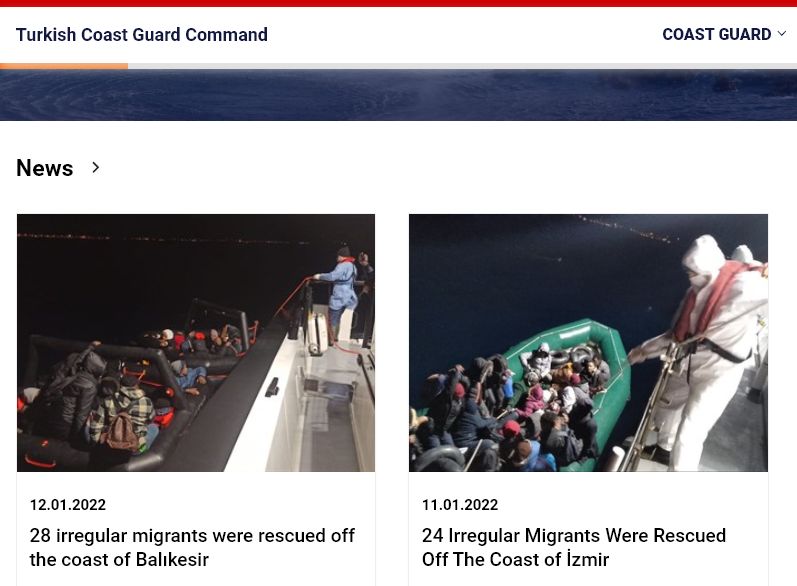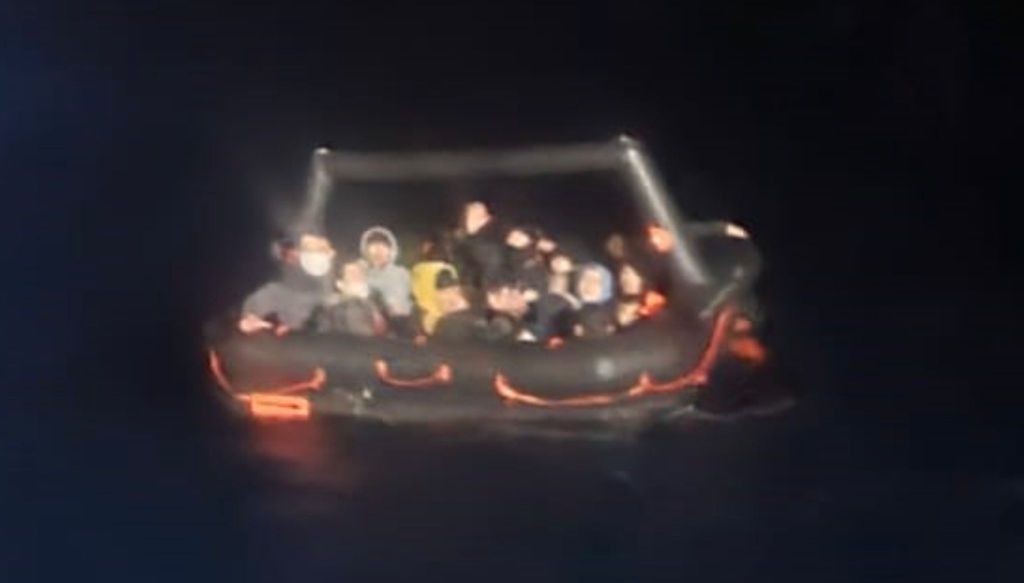Über Pushbacks

Pushback, Bildquelle: Türkische Küstenwache
Das Wort Pushback wurde gerade zum Unwort des Jahres gewählt. Warum eigentlich? Es beschreibt doch recht akkurat, was fast täglich an europäischen Außengrenzen völlig gesetzwidrig stattfindet. Wie soll man die Praxis denn sonst nennen? Abschiebungen sind es nicht, denn die finden immerhin legal statt.
Pushbacks sind brutale Nacht- und Nebelaktionen und in Griechenland ist einzig oft der türkischen Küstenwache zu verdanken, dass dabei nicht viel mehr Menschen zu Tode kommen.
Nicht das Wort ist das Problem, die damit beschriebene Praxis ist es.
Wer mag, kann auf deren Seite verfolgen, wie oft sie illegal von ihren griechischen Amtskolleginnen und Kollegen im Meer ausgesetzte Flüchtlinge Nacht für Nacht retten.

Vor wenigen Tagen geschah ein Vorfall, der selbst für die völlig brutalisierten Verhältnisse auf den ostägäischen Inseln eine Besonderheit war. Nach der üblichen Jagd auf Flüchtlinge, die griechischen Boden betreten hatten, wurden sie in der folgenden Nacht 200 km südlich von Lesbos ausgesetzt, weil der Wind aus Nordosten wehte und sie sonst erneut an die griechischen Küste getrieben hätte.
Die Organisationen "Aegean Boat Report" verfolgt akribische diese Fälle und versucht, wo möglich zu helfen. Dies stammt aus einem Bericht von ihr zu diesem Vorfall. Und wie sonst auch war das UNHCR informiert.
"We later learned from local residents that police were driving around in the area in civilian cars – a grey minivan with four men in dark uniforms caught their particular attention. This car stopped in the outskirts of the village, and four men stepped out. All were wearing balaclavas, which locals would not use during harvest.
The car was filmed, and we can clearly see the license plate IZH:1548 on its back, as well as a man standing behind it.
The refugees later explained that four men in dark uniforms and balaclavas, all carrying guns, were the ones who had found them. After seeing pictures of the car, they confirmed it was the same one used by the “commandos” who found them.
When the people were found in the outskirts of Tsonia by these “commandos”, some of them tried to run away, one of the refugees said. Four shots were fired to force them back in line. Everyone was very scared, children were crying, it was an horrific ordeal.
People were held at gunpoint in this location for more than an hour. Everyone was searched by force, and all their belongings, bags, papers, money and phones were taken from them.
Locals in the area saw a big white van coming to the area around noon, and later driving away approximately one hour later, with the grey minivan ahead of it. All the refugees they had seen earlier were gone, so they assumed the van had taken them away. (...)

But after midnight, the Turkish Coastguard informed Aegean Boat Report that they had located and rescued the group we had contacted them about earlier: 25 people had been found drifting in a life raft outside Seferihisar, Turkey, including 17 children.
The Hellenic Coastguard had transported this group over 200km to be able to push them back, which shows the determination of the Greek authorities to remove anyone by any possible means."